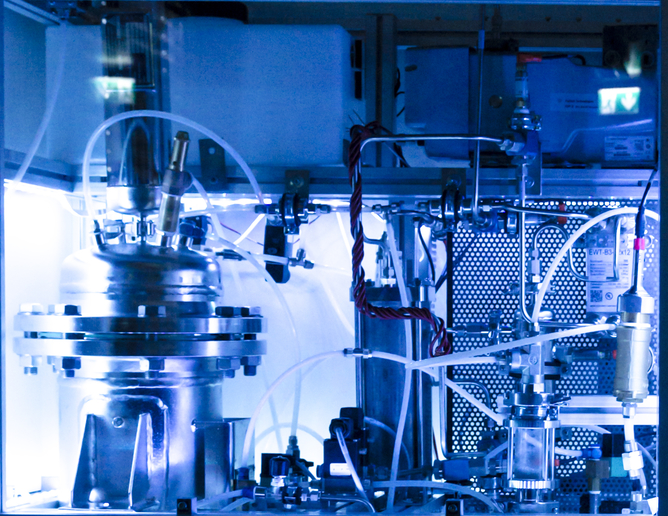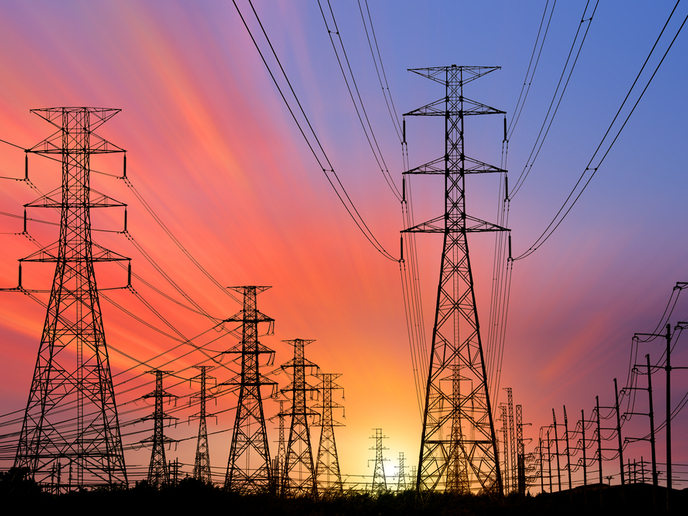Prototyping a small-scale concentrated solar power plant
Concentrated solar power (CSP) uses mirrors or lenses to focus sunlight into a receiver, before converting it into heat to power engines that generate electricity. Small-scale CSP plants, generating tens or hundreds of kilowatts of electricity, could be ideal for homes, small remote businesses or even developing countries. However, unlike photovoltaic solutions, due to technical challenges and high investment costs, CSP has been slow to take off. The EU-funded POLYPHEM(opens in new window) project prototyped most of the components necessary for a small-scale solar plant, with some now ready for commercial development. Numerical modelling tools for optimising plant design and assessing performance were also developed. “We are very proud of our proof of concept’s ability to flexibly generate power in solar-only mode, in fluctuating supply and demand scenarios,” says Alain Ferriere, coordinator of the POLYPHEM project.
Hybrid thermodynamic cycle
POLYPHEM works through a combined thermodynamic cycle. In the top cycle, a high-temperature pressurised solar receiver at the top of a tower captures solar mirror-concentrated radiation, which powers a gas turbine to generate electricity. The exhaust heat is recovered by thermal oil and stored in a concrete tank. The hot oil at the top pushes the thermocline(opens in new window) – an intermediate zone separating hot and cold liquid – down. The bottom cycle uses an organic Rankine cycle(opens in new window) machine to also generate electricity. Here the heat discharged from the storage tank reverses the oil flow, moving the thermocline back upwards. “A single thermocline storage tank with both warm and cool thermal energy is much cheaper than a conventional two-tank system, and the two-cycle solution means that the plant still generates electricity in periods of little sun, increasing its capacity,” adds Ferriere, from the CNRS(opens in new window), the project host.
Prototyping and testing
The team developed most of the components needed for a plant, including a 60 kilowatt gas turbine and a 23 kilowatt organic Rankine cycle machine. The thermal energy storage unit developed, capable of 2 500 kilowatt-hours, consisted of a single tank with 22.8 tonnes of concrete bricks and 7 600 kilogrammes of synthetic thermal oil, at 110 to 330 degrees centigrade. The solar receiver design was based on metallic materials already trialled by the CNRS and CEA(opens in new window). All the components, except the solar receiver and the gas turbine, were shipped to France and installed at Themis(opens in new window). The micro gas turbine and generator were bench-tested for six months, totalling over 40 hours of operation, and achieving a turbine inlet temperature of 700 degrees centigrade and turbine speed of 52 000 revolutions per minute. The thermal storage’s filler bed was successfully tested in a thermocline tank with thermal oil over five months and involving 59 runs. The concrete material, brick design and filler bed patterns were all validated, as was the thermocline behaviour in all operational modes. “For technical reasons the solar receiver could not be supplied, meaning that we couldn’t complete the full plant testing programme,” explains Ferriere. “But the other components are ready for commercial development, like the gas-to-liquid heat exchanger available for installation as a compact component.”
Getting to market
POLYPHEM could offer electricity, heat, clean water etc. for sunny locations with decentralised power supplies. Indeed, the operation of a commercial POLYPHEM plant was simulated for Chile and Namibia. “POLYPHEM’s electricity generation cost was 35 % to 45 % lower than competing diesel plants. However, to compete with photovoltaic electricity generation, costing a third as much, the cost of investing in CSP must be further reduced,” concludes Ferriere. The team now intend to construct and operate a complete prototype plant, including a real-size solar field and tower.







